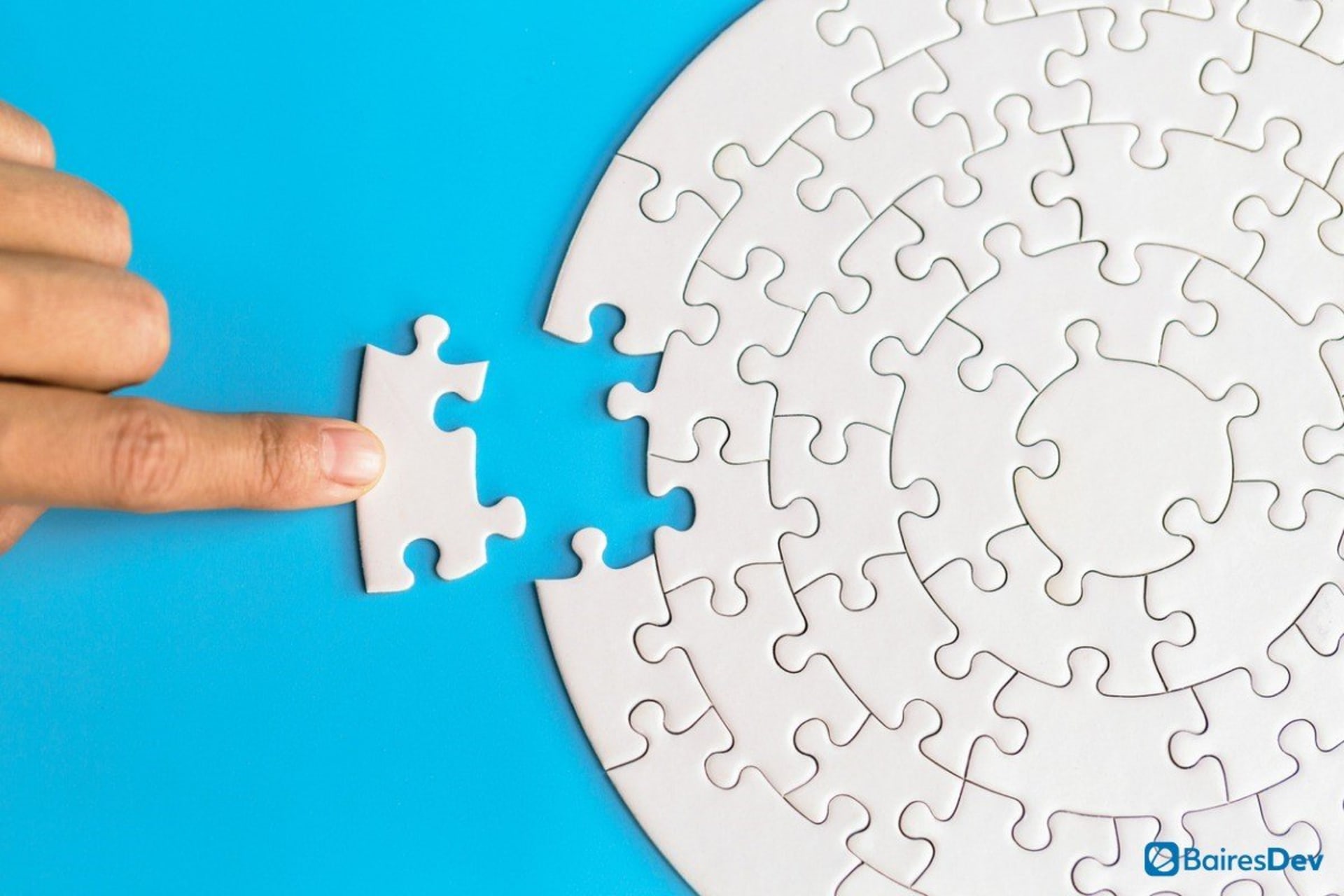Recently, Gartner published its Top Strategic Technology Trends for 2022. One of the trends the research company encourages business leaders to keep on their radar in the coming year is total experience (TX) design.
When you understand that total experience sits at the intersection of user experience (UX), employee experience (EX), customer experience (CX), and multi-experience (MX), it’s easy to understand why. This immersive strategy and approach accounts for a wide variety of viewpoints to engage all stakeholders, employees, and consumers.
When businesses employ a total experience-first strategy, they can achieve satisfaction from nearly everyone involved in their operations.
What Is Total Experience?
Total experience prioritizes the perspectives of consumers, users, and employees. It seeks to make meaningful change and transform the entire company by accounting for the experiences of all of these groups of people, recognizing the connections that form an immersive environment.
Interactions, features, and other qualities of the products and services you provide all depend on one another. By uniting these experiences and recognizing that they depend on one another, businesses facilitate stronger engagement.
In its report, Gartner states that “the top two reasons for pursuing digital initiatives are to enhance customer experiences and improve employee productivity. IT leaders can achieve both of these business outcomes simultaneously by applying a total experience strategy.”
Advantages of Adopting a Total Experience Approach
1. You Will Better Meet Consumers’ Needs
During the pandemic, 36% of consumers tried a new brand, according to a McKinsey report, while 73% of those consumers plan to keep using it. Meanwhile, PwC found that nearly a third of consumers will stop using a brand they love after only one poor experience with it.
When you’re working on a product, you’re not just developing that product — you’re shaping an entire image. Total experience blends myriad perspectives and viewpoints to get to the core of what users really want. It focuses not only on specific products, initiatives, and services but synthesizes all these factors to fit them into the bigger picture. With consumer engagement as the end goal, total experience seeks to improve the relationship between brand and customer.
2. You Will Achieve Stronger Employee Satisfaction
A report from Morning Consult found that 90% of consumers see the treatment of employees as important. That comes to show that brands are about more than consumer engagement. How businesses engage and treat their employees also matters and plays a pivotal role in consumers’ commitment to businesses.
Total experience design accounts for this, encouraging companies to recognize and appreciate their workers, rewarding them for exemplary work. With this mindset at the forefront, employers will develop a stronger culture by respecting employees and ramping up their retention efforts.
Ultimately, more satisfied employees mean a stronger brand, one that will not only lead to better engagement but also forge more meaningful relationships between employees and their employer.
3. You Will Break Down Silos
Walls have no place in a business that is trying to achieve engagement and success. A total experience approach means breaking down silos among units and departments within your organization, thus increasing collaboration.
This is a holistic approach that involves all members of the company and makes their role an important one. Each team member understands the bigger picture and how they are contributing. Your business will function more cohesively, leading to stronger involvement and engagement. Operations will also take place more efficiently.
This engagement trickles down to a consumer level. When employees are collaborating together and tearing down the metaphorical walls that exist, as well as producing more consistently in terms of quality and timeliness. This leads to a better product or service, and users will certainly notice.
4. You Will Improve Communication
Communication is central to your organization’s operations. Total experience design involves using the best tools to communicate effectively and efficiently.
This is true both across the organization and with customers and users. In terms of employee communication, businesses will centralize their efforts and use a range of solutions to strengthen collaboration. Employees will know who to talk to with specific concerns, where to go for information, and so on. They will also know the right mode to use, depending on the context. There will be a multichannel approach, but it will be one that is streamlined and without confusion.
There is also stronger communication with consumers. Remember that an optimal experience that engages users will satisfy their needs — and communication is critical to keeping them informed. A total experience model incorporates several forms of communication with consumers, such as chatbots, leading to greater efficiency and quick solutions, thanks to the multi-experience element of the design.
This, in turn, leads to loyalty from consumers and employees alike — the very core of the total experience approach.
Adopting a Total Experience Mindset
Ultimately, total experience design seeks to merge the needs of all people involved with the organization — stakeholders, employees, and users — to create a cohesive, multifaceted, engaging business model, one that satisfies all of these collective needs.
The aim of total experience is to stop seeing these needs as disparate and connect them, thereby breaking down the silos that exist among employees and consumers and recognizing that these needs are often one and the same.
When organizations embrace this approach, successfully transforming their organization, they will manage to deliver the best experience to all who are involved, encouraging loyalty and engagement with their brand. That’s why it’s clear that this is truly a mindset to embrace now and well into the future.







